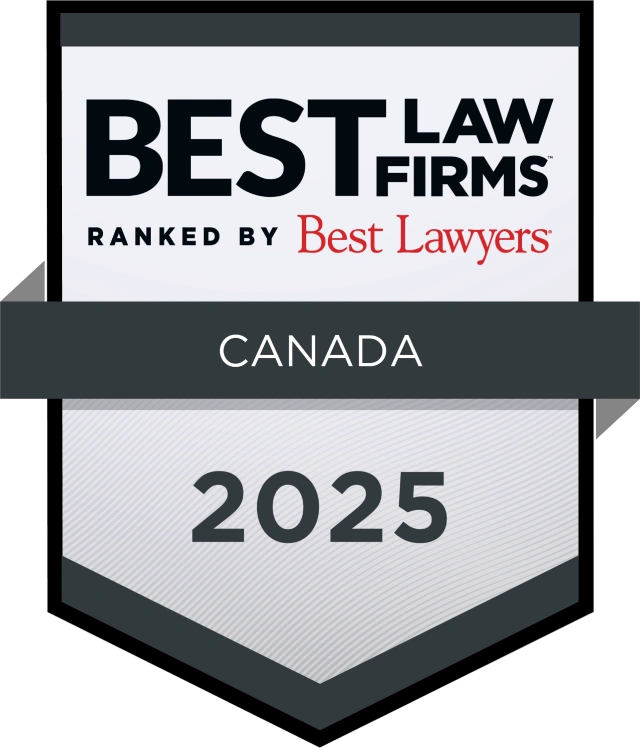Slip and Fall Accident Lawyers Calgary
Get legal answers now. Speak to our lawyers.
Speak with our Calgary slip and fall accident lawyers and get legal answers to your slip and fall accident questions.
Table of Contents
CBC previously reported that Albertans are three times more likely to get injured by slipping and falling on ice than any other province in the country, according to statistics available from The Canadian Institute for Health Information. At the time this report was released, Alberta had the second-highest slip and fall rate in the country. While a variety of factors may be at play in causing slip and fall accidents, such as different weather patterns and pedestrian infrastructure, there is legislation that makes it a legal obligation for property owners and managers to keep their premises safe for their patrons. The Occupier’s Liability Act (OLA) outlines that property owners have a duty of care to take measures to ensure their patrons are reasonably safe when using the premises. This duty extends to all types of property owners, including residential, commercial, and municipal property owners.
Understanding Slip and Fall Claims in Alberta

If you or a loved one has sustained injuries in a slip and fall accident in Alberta, contact our Calgary slip and fall lawyers for legal help. You can book a free consultation to speak with a member of our legal team, where you’ll have the opportunity to discuss your case as well as any other questions you may have about filing a possible slip and fall claim. This initial consultation is absolutely free.
What to do immediately following a slip and fall or trip and fall accident
Here are some steps we recommend you take immediately following a slip and fall accident that resulted in you sustaining injuries:
Step 1: Stay calm and assess your injuries
First and foremost, you have to look out for your health. You need to determine if you have an injury and, if so, arrange for medical help at your earliest opportunity. Depending on the nature of your injury, you may have sustained a concussion, fractures, broken bones, or soft tissue injuries. Make sure you receive appropriate medical care as early as possible.
Step 2: Take pictures of the area
If possible, take photos of your immediate surroundings and the hazard that may have caused your fall. This may be important evidence should you wish to file a lawsuit to recover compensation for your injuries.
Step 3: Inform the property owner/manager of the hazard
If possible, alert the property owner or caretaker(s) of the property of the hazard so they have an opportunity to rectify the present danger and prevent others from getting injured.
Step 4: If you’ve sustained injuries, contact your family doctor
Make sure your injuries are documented with your family doctor. Sometimes small sprains and strains may result in further aggravated injuries down the road, so it’s important to make sure you see your family doctor if the pain persists.
Step 5: Contact our slip and fall lawyers for a free consultation
If you have sustained injuries and wish to file a slip and fall claim for compensation, contact our law firm for a free consultation to see if you may be eligible for a claim. In most cases, there is usually a 21-day notice period if you fall on city-owned property. In some cases, it’s hard to know whether you fell on city or private property, but a lawyer will be able to assist with determining this.
Let us put our experience to work for you
Tell Us What Happened
We are here to help Albertans get the compensation and benefits they deserve after being injured in an accident. We take this responsibility very seriously. Book your free call with our personal injury lawyers today and let us help you.
Our phone lines are open 24/7.
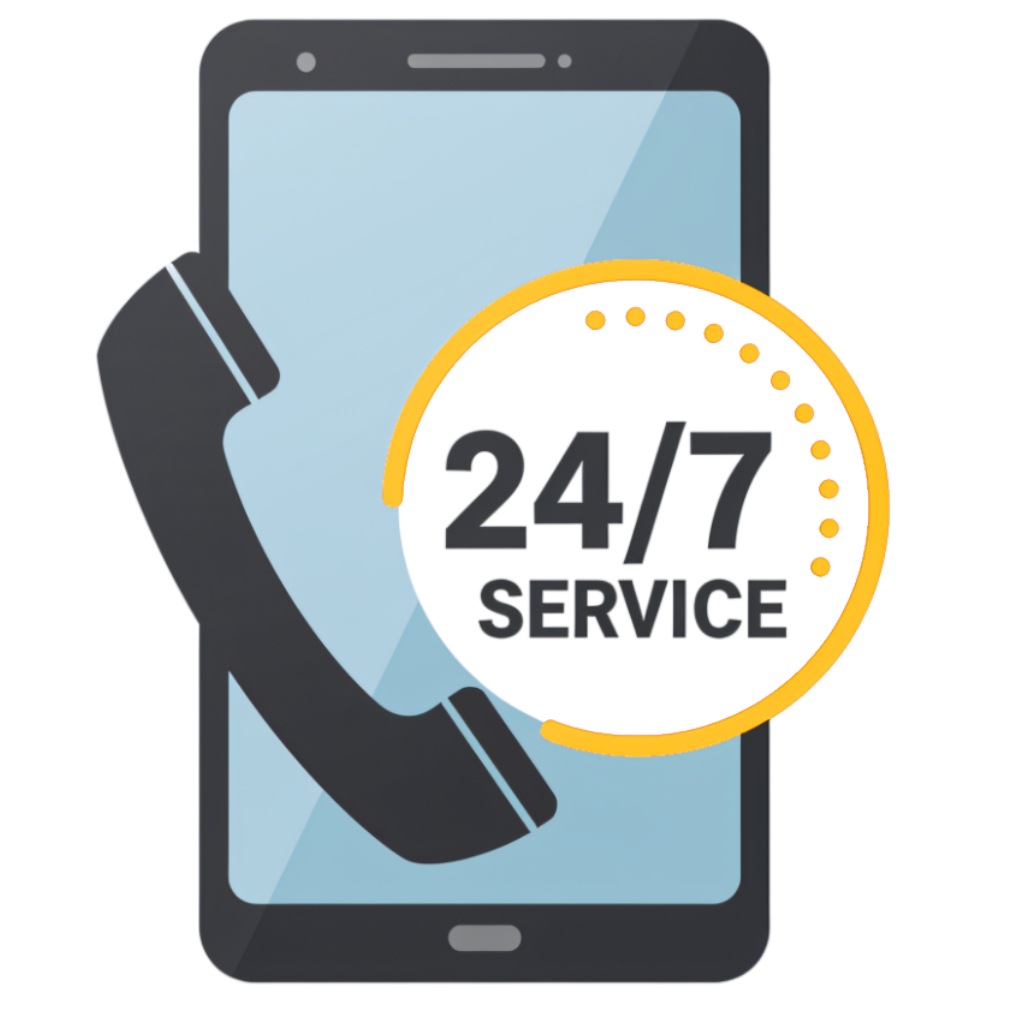
Is there a difference between a slip and fall accident and a trip and fall accident?
Most people don’t know this, but there is actually a difference between slip and fall and trip and fall accidents. In the world of personal injury law, slip and fall accidents occur because your foot slips out in front of you. Examples of slip and fall accidents include slipping on ice or slipping on liquids on the floor. Trip and fall accidents, on the other hand, occur when there’s an unexpected change in elevation. Examples of trip and fall accidents include tripping on a ledge on a walkway due to shifted concrete or tripping on a broken stairwell.
Common causes of slip and fall, and trip and fall accidents in Alberta
Slip and fall accidents can happen in both indoor and outdoor conditions.
- Falls on unsafe stairwells
- Falls on uneven stairs
- Debris in a public walkway or a parking lot
- Poorly constructed or maintained sidewalks
- Tripping hazards
- Unsafe treads and handles
- Improper warning signs
- Rapidly changing weather patterns that cause the melting and freezing of ice
- Liquid on the ground, such as water, soap, detergent, and more
- Non-liquids on the ground, such as a sheet of paper, which make you lose traction
- Unmarked dangers
If you have sustained serious injuries because of any of the above, we recommend you contact our Calgary slip and fall lawyers today for immediate legal help.
Common injuries sustained in slip and fall/trip and fall accidents
Injuries stemming from these types of accidents can vary depending on the severity of the injury. Here is a brief overview of common types of injuries sustained in both trip and fall and slip and fall accidents.
Broken bones: These types of injuries are the most common injuries from slip/trip and fall accidents. An individual may see broken bones such as wrists, hips, arms, shoulders, ankles, legs, ribs, kneecaps, elbows, feet, toes, and fingers.
Traumatic brain injuries (TBI): TBIs fall under the category of Acquired Brain Injury (ABI) in Canada. TBIs are a type of ABI caused by trauma and can range from a mild concussion to a severe head injury. TBIs can cause both temporary and permanent impairments from a cognitive standpoint, as well as impair your ability to move, learn, and speak.
Soft tissue injuries: These types of injuries can extend to things like sprains, strains, and muscle tears. They can be very painful and, depending on the nature of the injury, can take weeks, months, or even years to heal. In some cases, these types of injuries can also turn into chronic pain down the road.
Sprains and strains: Sprains and strains are both classified as soft tissue injuries, although they occur in different parts of your body. These types of injuries are typically localized to ligaments and tendons. Sprains and strains are often caused by twisting or overextending a joint during a fall.
Neck and spinal cord injuries: These are serious injuries that can result in paralysis or other long-term complications. They can also affect your mobility, sensation, and overall well-being. These are serious injuries that should not be overlooked.
What is the Occupier’s Liability Act in Calgary?
The OLA is legislation that sets out obligations for people who own or manage property. Specifically, it provides details on the legal obligations property owners/managers have to them. This includes keeping a property safe for its intended use, and also when an occupier of a property might be liable for an injury that occurred on the premises. The OLA also defines an “occupier” as a party, and this may be an individual or a corporation. The occupier is in physical possession of the premises and has responsibility for things like the condition of the premises, activities conducted on the premises, as well as people allowed to enter the premises. A visitor, on the other hand, is someone who is on the premises who has been invited, permitted by the occupier to be there, or permitted by law to be on the premises. The OLA does not apply to employees.
Under the OLA, occupiers owe a duty of care to ensure the premises are safe. This duty also requires an occupier to take reasonable steps to prevent injury and harm to patrons who visit the premises. This duty of care applies not only to the condition of the premises but also to activities conducted on the premises, as well as any third parties on the premises. This piece of legislation is especially crucial for slip and fall lawsuits.
How do slip and fall lawsuits work in Calgary?
If you have been injured in a slip and fall accident, there are several steps involved in initiating a lawsuit. Here is a breakdown of what these stages look like.
Stage 1: Prioritize your health and road to recovery
The first and foremost objective following a slip and fall injury is to prioritize your health and recovery. This means seeking medical help from medical providers. If you went to the hospital or a walk-in clinic to have your injuries assessed, the documentation must be shared with your family doctor. This kind of documentation is important when initiating a lawsuit for personal injuries.
Stage 2: Consult with a slip and fall lawyer and initiate your claim
After you have received medical attention for your serious injuries, we recommend you consult with our Calgary slip and fall lawyers for legal help. During this complimentary free consultation, a lawyer will review the details of your case and let you know if you have a claim worth pursuing. If you decide to hire us, we will then commence the next stage, which is imitating a lawsuit. It is important
Stage 3: Investigating your claim
After engaging a law firm, your lawyer will commence investigating your claim. This process allows your legal team to understand what caused your injury, whose fault it was, and what parties are responsible for the injuries. Any medical documentation, photos of the premises, or contact information for witnesses will be important during this stage. After we have all this information, we will file a Statement of Claim to commence the lawsuit. The Statement of Claim will outline the compensation we believe you are entitled to, and it becomes our responsibility to prove why you deserve that compensation.
Stage 4: Questioning for Discovery
This stage is a chance for insurance defence lawyers to get to meet you and have a better sense of what your injuries are and what compensation they believe you may be entitled to. They may even request Independent Medical Examinations (IME) on top of the medical examinations our lawyers will have you undergo. Using information from medical experts, our lawyers will do their best to make sure you receive the compensation you rightfully deserve. In some instances, you may reach a settlement at this point in the lawsuit. If not, we proceed to mediation.
Stage 4: Mediation
Mediation is a type of alternative dispute resolution service where your slip and fall lawyer will meet with the insurance defence lawyers to negotiate a settlement. A mediator will be present as well as a court reporter during mediation, and the aim is to reach a settlement for your claim.
Stage 5: Receiving your settlement
In most instances, settlements are typically reached during mediation. In the event a settlement cannot be reached during mediation, there is an option to proceed to trial. Trials can be long and take years to settle. While we can go to trial on your behalf, our goal is to make sure you receive meaningful compensation sooner rather than later so you can start focusing on your recovery.
Contact our Calgary slip and fall lawyers for your free consultation to see if you have a potential claim
At Preszler Injury Lawyers, we have been helping Canadians since 1959 get the compensation they deserve. During this time, we have amassed a great deal of knowledge in understanding the ins and outs of slip and fall claims.
If you were injured on someone else’s property as a result of their negligence, our Calgary slip and fall accident lawyers may be able to help you recover the compensation you deserve. Our lawyers are passionate about helping the people impacted by property owners’ negligence get the fair treatment and compensation they deserve. To receive a free case evaluation and learn if you may be entitled to receive compensation for your injuries, book your free initial consultation with our law firm today.
Do you live in Calgary? Here’s how we can help:
Notable Achievements
Awards and Recognitions
Proud to be one of Canada’s oldest personal injury law firms. The firm was founded in 1959 and has now grown to numerous offices across Canada. We have cumulatively secured over $1 billion for thousands of Canadians and are proud to maintain a high standard for our professional services without compromising on care or compassion.
Read More On slip and fall accident Claims
Here are some blogs on slip and fall accident claims.
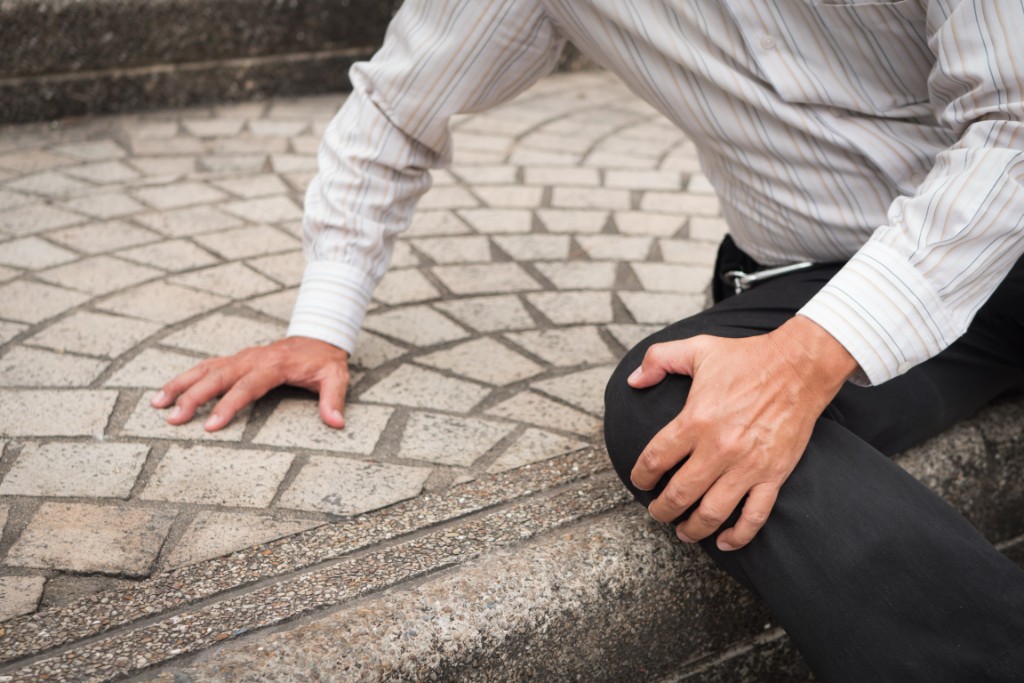
slip and fall accident
|
April 30, 2025
Proving Negligence in an Alberta Slip-and-Fall Case
During our lifetime, we all have falls. Most are minor and result in no injuries. Unfortunately for some people, a slip and fall could instead…
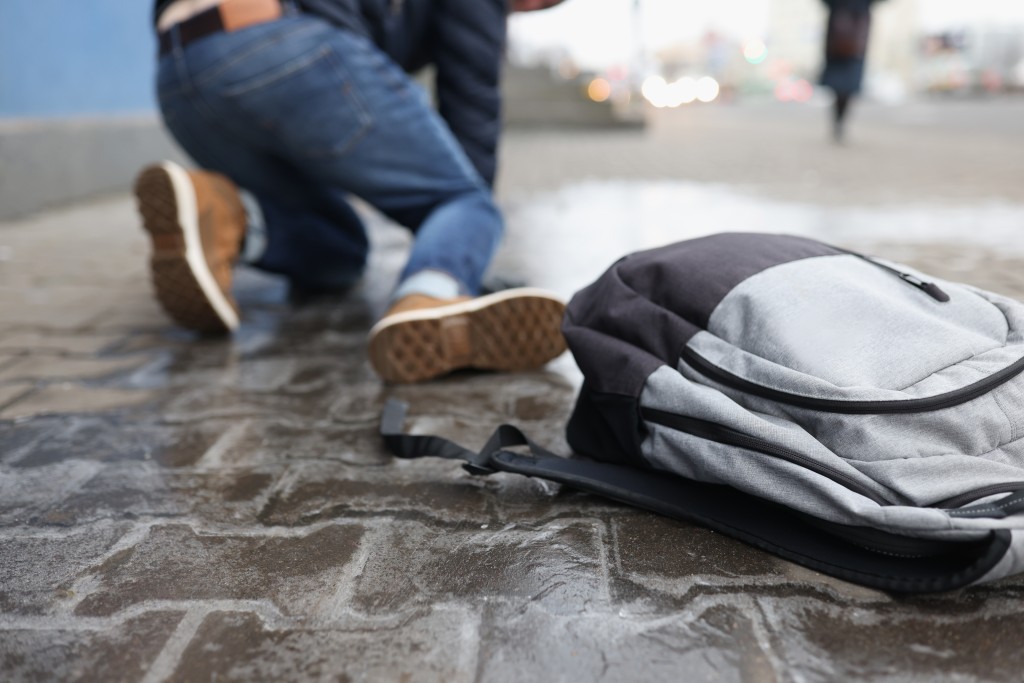
slip and fall accident
|
December 13, 2024
When to Contact a Calgary Slip and Fall Lawyer After a Slip and Fall Accident
Almost all of us can remember a slip and fall or trip and fall accident in our lives. In the best cases, you experienced minimal…
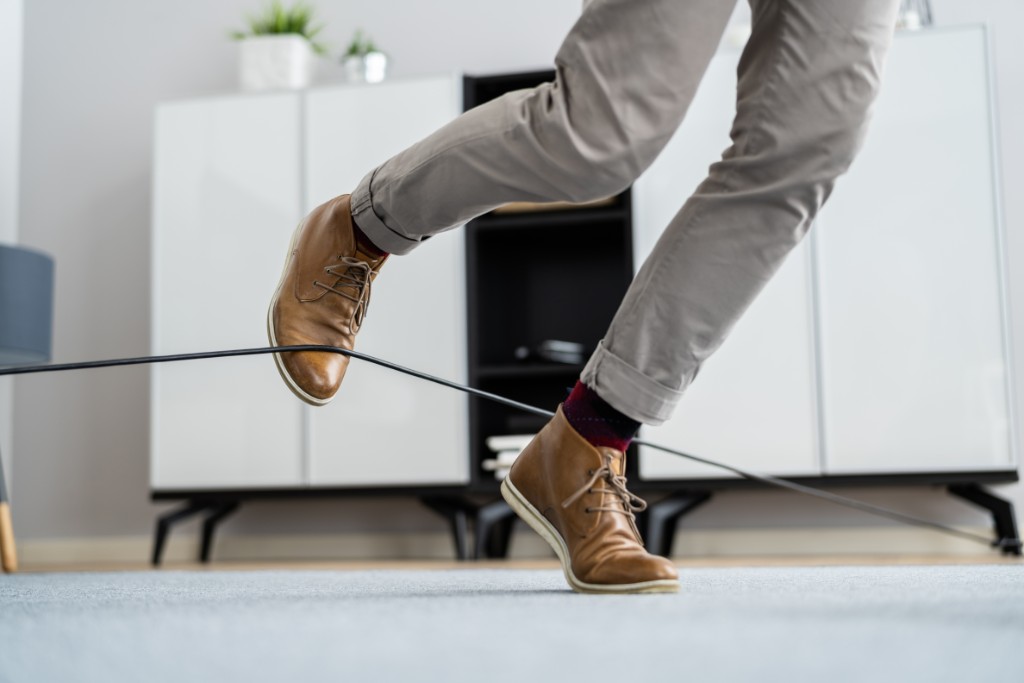
slip and fall accident
|
November 29, 2024
Differences Between Slip and Fall and Trip and Fall Injuries
“Slips and falls” generally refer to someone falling due to a slippery substance, like ice or snow on stairs, a parking lot, or a walkway,…
Watch Our slip and fall accident Videos
Check out our video series where we break down many interesting topics about slip and fall accident claims in Alberta.
Commonly Asked slip and fall accident Questions
Here are our most asked questions on slip and fall accident claims.
What should I do after a slip and fall accident in Calgary?
If you are involved in a slip and fall accident in Calgary, your first priority is to ensure that you are safe and able to receive any medical attention or other assistance that may be required. After your immediate needs are met, you should identify the hazard that caused you to fall and any witnesses to the fall or the hazard. Photographs of the hazard are particularly helpful. The primary burden on a plaintiff to prove liability in a slip and fall claim is to show that the premises on which you fell was in a hazardous state.
What if I slipped or tripped on public property?
If you slipped or tripped on public property, it is important to contact a lawyer in a timely manner for advice on how to proceed. Some public property, such as hospitals or schools, may not have any special laws or rules that differentiate them legally from other premises occupiers. Some public property, such as municipalities, do. These special rules often involve reporting requirements – essentially telling the municipality about the slip or trip. These reporting requirements have deadlines measured in weeks rather than years and must be acted on quickly. If you have tripped or slipped on public property in Calgary, you can call one of our slip-and-fall accident lawyers for a free consultation.
Is there a time limit for bringing a slip and fall claim?
There are time limits for bringing slip and fall claims. The general time limit that applies to the majority of claims is two years, as set out in the Limitations Act, RSA 2000, c L-12. There are exceptions to this time limit, including for minors or people with a legal disability. There are also other time limits that may apply, such as notice provisions to be provided to a municipality if the slip and fall occurred on its property.
What makes a slip-and-fall case strong?
A strong slip-and-fall case has the following legal elements: a duty of care, breach of duty, causation of injury or damage, and substantial damages. A duty of care is owed by a premises occupier to users of the premises. A breach of that duty occurs when the premises is in a hazardous state that should have been prevented or fixed by the occupier. Causation is a logical connection between the hazard and your slip and fall – for example, the presence of ice caused you to slip. Substantial damages in a personal injury claim refer primarily to pain and suffering, wage loss, out-of-pocket expenses, or expected care costs.
How is compensation for slip and fall cases determined?
Compensation, or damages, are determined by dividing your case up into segments known as heads of damage. This includes specific quantification of:
- Pain and suffering;
- Past wage loss;
- Future wage loss;
- Out-of-pocket expenses;
- Expected future care;
- Loss of housekeeping capacity; and
- An in-trust claim for those who went above and beyond to care for you in your time of need.
What injuries commonly occur after a slip and fall accident?
Slip and fall accidents can result in orthopedic injuries such as broken bones or torn ligaments. Even without a broken bone, slip and fall accidents can cause back pain or neck pain, which sometimes becomes chronic. People can hit their head in a slip-and-fall accident and sustain a concussion or mild traumatic brain injury. Slip and fall accidents can also result in spinal cord injuries.
What is negligence in a slip and fall claim?
Negligence is a general legal term that was developed under common law to capture the duty of care that people owe to those who might reasonably foreseeably be injured by their actions. In slip and fall claims, we often deal with liability under the Occupiers’ Liability Act, RSA 2000. The duties created by both the common law of negligence and the Act are very similar and require an occupier to take reasonable care to make sure the premises are safe for visitors. If a visitor slips and falls because the occupier failed in this duty, the occupier is negligent.
Is a slip and fall accident the same as a trip and fall accident?
The legal analysis is the same for a slip and fall and a trip and fall accident. The difference is the mechanic of the fall and often the type of offending hazard. For example, you are more likely to slip on ice than on a bunched-up carpet, and you are more likely to trip on a bunched-up carpet than on ice. The key to both types of cases is whether the premises were in a hazardous condition and whether that hazardous condition caused you to fall.
What factors can impact the compensation for a slip and fall accident?
Both liability and damages impact the compensation for a slip and fall. Liability refers to fault. A slip and fall accident is a fault-based accident, which means the occupier must be at fault for you to get compensation. In a settlement, the parties will assess the risk of fault being found. In some cases, it is clear that there is a liability. In some cases, it is clear that there is not. Many cases fall into the gray area in the middle. How injured you are and how it affects the quantum of your damages also impacts your compensation. The bigger the damages, all else being equal, the bigger the settlement.
How can a personal injury lawyer help me with a slip and fall claim?
A personal injury lawyer is extremely important in a slip-and-fall claim. Slip and fall claims are technical. They can require specific reporting to the occupier. The analysis of the hazard and standard of care required of the occupier can be complex. Finally, the assessment of damages requires a legal opinion. Insurance company representatives are well versed in all these areas of the law, as are the lawyers they hire to defend the occupier. A personal injury lawyer on your side can help make things even so you may receive the compensation you deserve.
SLIPPED, TRIPPED, OR FELL IN CALGARY?
Book a FREE Consultation Now
We’re ready to act quickly
We’ll work to prove negligence and get you compensated for your fall injuries.

